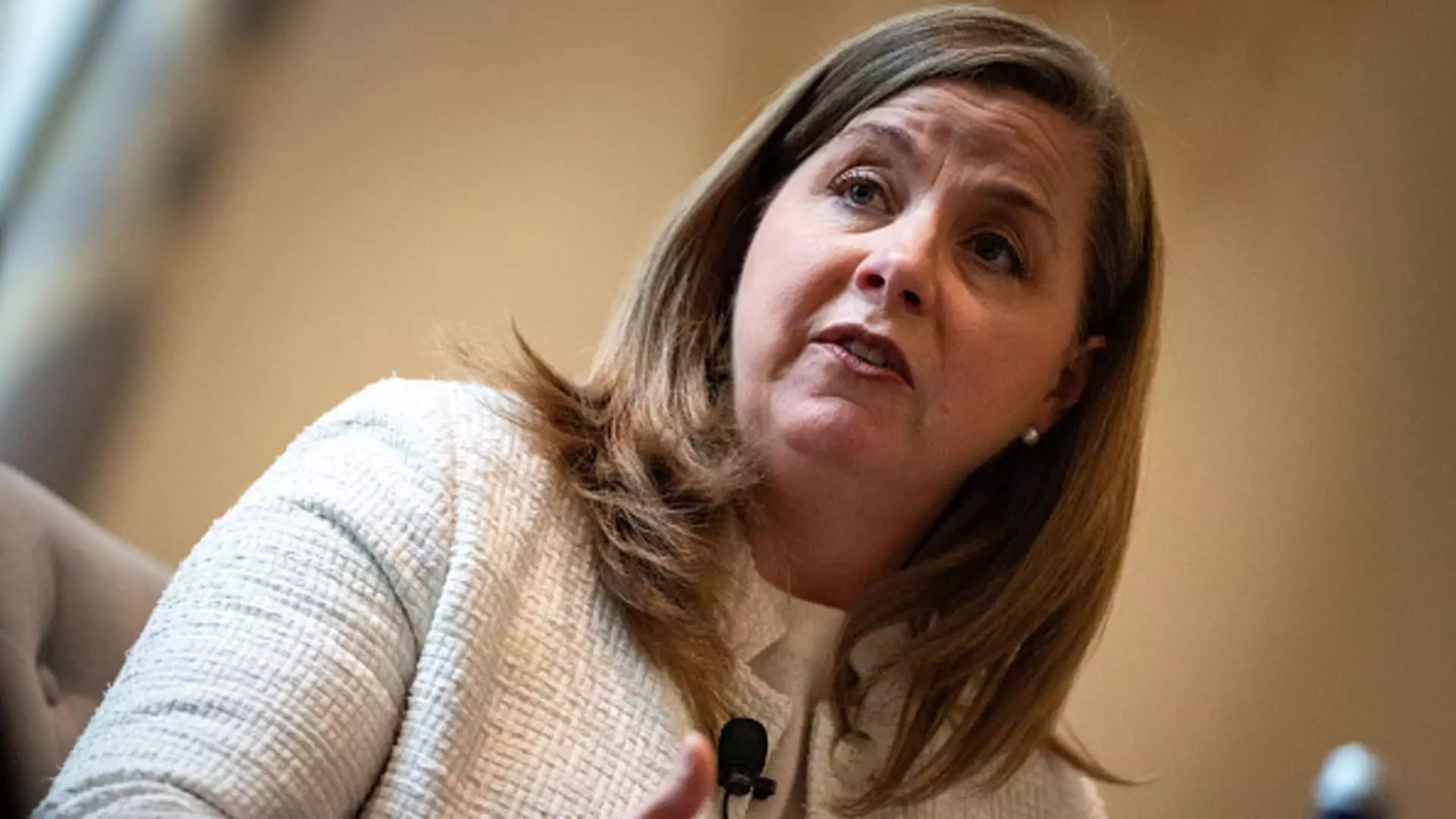In recent communications from the Federal Reserve, particularly from Governor Michelle Bowman, we see an intricate interplay between the tightening grip of inflation and the analysis of interest rate policy. Bowman’s speech highlighted her support for the recent interest rate cuts while concurrently signaling that further reductions might not be necessary in the near term. This position not only reflects the nuanced attitudes found within the Federal Open Market Committee (FOMC) but also illuminates the complex landscape that U.S. monetary policy navigates amid shifting economic indicators.
Bowman’s address to a banking audience in California can be interpreted as a moment of clarity in the murky waters of monetary policy. Her assessment of the current economic scenario is sobering; inflation remains firmly above the Federal Reserve’s desired 2% target, which she describes as “uncomfortably” high. The decision to reduce interest rates during the December meeting seems to have been a cautious response to these ongoing inflationary concerns, validating her opinion that the adjustments made thus far may suffice to stabilize the economy without overly aggressive changes to the monetary policy framework.
Yet, her comments on the rate being near neutral suggest that she perceives the Fed’s current stance as optimal for fostering a balanced economic environment that neither stimulates unnecessary growth nor suppresses the economy’s potential. The insistence on a careful approach exposes a wary recognition that while inflation has seen a reduction in 2023, the core measures reveal stagnation, potentially revisiting the same concerns that led to past aggressive fiscal measures.
Bowman pointed out that the preferred inflation gauge showed a rate of 2.4% in November, but significant details arise when considering the exclusion of volatile food and energy prices. The core inflation rate tallied a steeper 2.8%, a signal that complicates the outlook for policymakers. As discussed in the December FOMC minutes, Bowman’s perspective is that despite a decline in overall inflation, core inflation’s persistence above the target creates an atmosphere ripe for vigilance.
The complexity here lies in managing expectations. Some committee members remain optimistic about a return to target by 2027, which unravels the cautious stance taken by Bowman and underscores the importance of continual assessment of the economic landscape. The divergence of opinions on this matter showcases the inherent challenges faced by the Federal Reserve in shaping monetary policy effectively.
Adding to the dimension of policy discourse, fellow Fed officials have presented contrasting viewpoints. For instance, Governor Christopher Waller’s optimistic perspective on moderating observed prices vs. imputed prices offers a fresh take that doesn’t align with the reservations expressed by Bowman. The Fed’s actions earlier in the fiscal year showcased a dramatic shift in monetary policy, with a full percentage point cut in borrowing rates reflecting the pervasive concerns around inflation.
This divergence in perspectives raises questions about the overall trajectory of monetary policy — neither urging extreme caution nor exuberance. Despite some members expressing a desire for accommodation, contests remain within the committee on how aggressively to pursue further rate adjustments.
As 2024 unfolds, Bowman’s cautious approach serves as a reminder of the delicate balance that must be maintained. The Fed’s current path, which anticipates slower but steady rate reductions, reflects a synthesis of confidence interwoven with vigilance against potential economic shocks.
Her emphasis on not rushing to significantly loosen policy echoes a larger concern about overstimulating the economy, which she equates with buoyancy in stock markets and rising Treasury yields. With her appointment as a permanent voter on the FOMC, her input will be vital in determining how the committee responds to evolving economic data throughout the year.
Ultimately, the Federal Reserve finds itself in a critical moment — one where tempered responses are essential, a reality that Bowman and her colleagues must navigate with both caution and insight as they endeavor to fulfill their dual mandate of stable prices and maximum employment.

